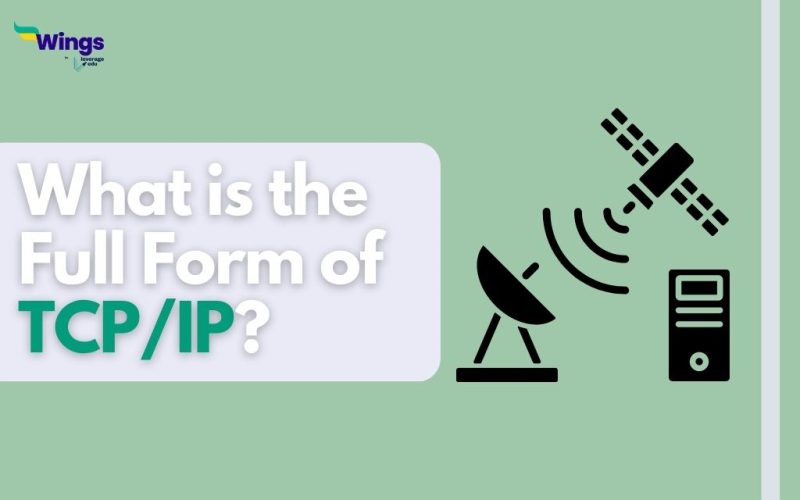The full form of TCP/IP is Transmission Control Protocol/Internet Protocol. It was founded by Bob Kahn and Vint Cert in 1978. A protocol is a set of guidelines and processes that regulate computer communication over the Internet. The Internet Protocol Suite is more frequently referred to as TCP/IP, it is actually one of its core protocols.
Table of Contents
Overview of TCP/IP
TCP/IP is a widespread protocol to transfer data via networks. In simple terms, it is an internet-based communication protocols that link together network systems or network devices.
It determines the end-to-end interactions that will be used to distribute information across the internet, including how information should be bundled, addressed, received, and transmitted to the target.
A private network’s extranets and intranets may be connected through the communication protocol.
How Does TCP/IP Work?
TCP: TCP enables applications to establish channels for communication over a network. A text can also be split into many packets before being transported across a network. Furthermore, it can then be appropriately arranged at the destination network. As a result, it ensures reliable information transfer over the network. It also looks for packet errors and asks for retransmission if any are found.
IP: The IP address offers details about the route and path that the packets will take to reach the intended target. It has a technique that allows gateway computers linked to the internet to forward the content after verifying the IPS address.
Layers of the TCP/IP Model
Application Layer: The application layer locates all the necessary protocols to communicate with end users directly. Key protocols of the application layer are:
- Hypertext Transfer Protocol (HTTP)
- File Transfer Protocol (FTP)
- Simple Mail Transfer Protocol (SMTP)
- Dynamic Host Configuration Protocol (DHCP)
Transport Layer: The transmission of the appropriate message or piece of information in the proper order is ensured by the transport layer. Key protocols of the transport layer are:
- UDP (User Datagram Protocol)
- TCP
Network Access Layer: It offers tools for creating and controlling data packets.
Internet Layer: It conducts two primary functions: IP (Internet Protocol) routing & addressing. It describes how to send the packet to its intended location.
Must Read: What is the full form of NIIT?
| What is the ANSI Full Form? | What is the Full Form of GFR? |
| What is Procedure Established by Law? | What is GDA Full Form? |
| What is the Full Form of CAT? | What is the Full Form of EDP? |
We hope that you understood all the insights of TCP/IP. For more information, visit the Leverage Edu General Knowledge section.
 One app for all your study abroad needs
One app for all your study abroad needs













